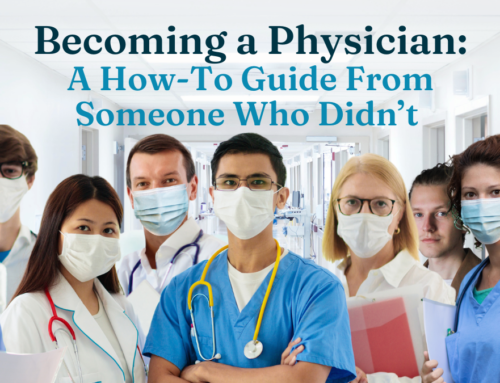Written by: Lekha Anantuni, President, Creighton-PHX AMA
Burnout is a phenomenon that affects physicians, residents and medical students nationwide and has recently become the topic of much discussion within the medical community. The ICD-11 defines the term as “chronic workplace stress that has not been successfully managed. It is characterized by three dimensions: feelings of energy depletion or exhaustion; increased mental distance from one’s job, or feelings of negativism or cynicism related to one’s job; and
reduced professional efficacy.” With increasing administrative requirements, decreasing patient time and inadequate coping skills, physicians are reporting more and more burnout. Suicide rates are additionally around 300-400 a year, which is more than double the rates of the general population.
A recent study done by the Mayo Clinic and Stanford University School of Medicine estimated that in 2011, 45.5% of physicians showed at least one symptom of burnout. This went up to 54.4% in 2014 and dropped to 43.9% in 2017. Only 42.7% were satisfied with their work-life integration and 41.7% screened positive for depression. In 2018, the specialties that rated highest in burnout were urology, neurology, and physical medicine and rehabilitation. Despite these overwhelming numbers, only 13% of physicians have actually sought help for these symptoms. The specialties that are most likely to seek help are psychiatry (45%), public health and preventive medicine (45%), Ob/Gyn (37%), and pediatrics (36%).
On Nov 19, 2019, the AMA chapter at Creighton University School of Medicine-PHX hosted a panel to address physician burnout and strategies to avoid it starting at the medical student level. Attendees included 3rd and 4th-year medical students who are all either in the process of choosing a specialty or interviewing for residencies. The panel consisted of physicians from different specialties, including Dr. Randy Richardson (Diagnostic Radiology, Regional Dean for Creighton-PHX), Dr. Sonal Haerter (Internal Medicine, Clerkship Director), Dr. Stephanie Conrad (Pediatric Hospital Medicine, Clerkship Director) and Dr. Jose Urdaneta (Psychiatry).

Panelists were first asked about their own experiences with burnout and how they managed it. They each discussed periods during residency or starting families when they might have been overwhelmed by their responsibilities and guilt for not being able to accomplish each one. The definition of burnout was additionally brought up as well as the subsequent loss of empathy for patients or loss of meaning in a career. Dr. Richardson explained that the opposite of burnout is fulfillment – a goal that would allow physicians to feel balanced in both their work and personal lives. Dr. Haerter expanded upon this with her own experience with balance. “Balance means something different for each person each day.” No one should feel “less than” because of their specialty choice or work hours. Dr. Conrad reflected on the challenges of finding balance while starting a family, while Dr. Urdenata discussed his exercise regimen as a way to stay grounded. Practicing self-awareness and self-confidence starts at the medical student level. Panelists listed their own ways of incorporating reflection and mindfulness into their busy lifestyle – including journaling, exercising and spending time with friends who are outside of the medical field.
The administrative burden is an enormous cause of burnout nationally, with constantly increasing paperwork and decreasing time with patients. Panelists spoke about adapting to those changes and managing their time without sacrificing other priorities. Although the policy is still being developed to alleviate some of this burden, it is encouraging to see physicians identify ways to maintain their own mental and emotional health in order to better treat and advocate for their patients. These are skills that medical students should begin practicing right away. Spending 10-15 minutes each day on an activity that relieves stress or that promotes happiness can solidify a habit that lasts throughout a career.





